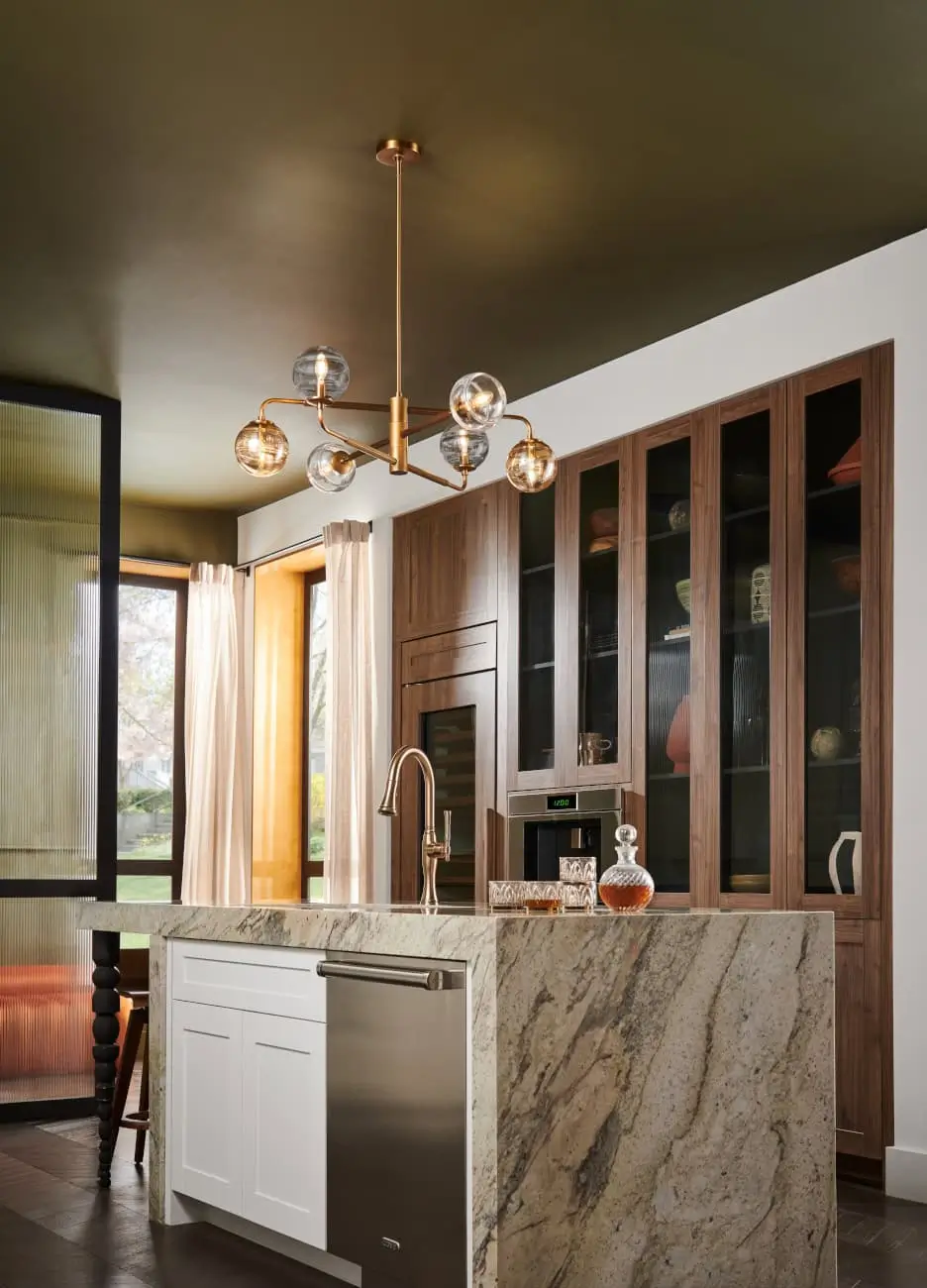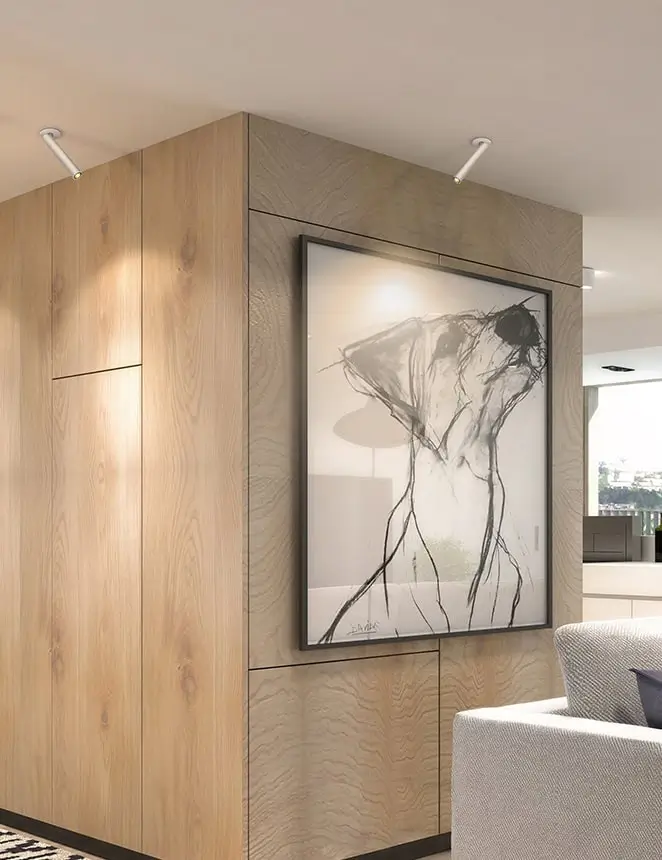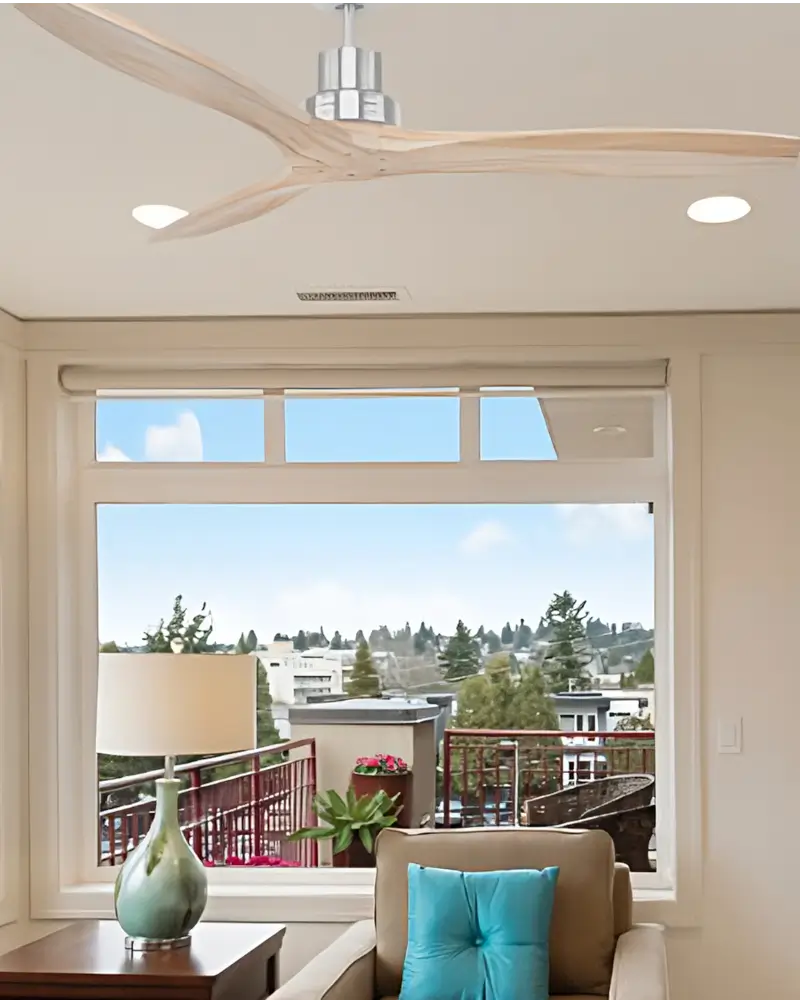Understanding Kelvin (K)
The Kelvin (K) scale measures the colour temperature of light. Lower values represent warmer, yellowish light, while higher values represent cooler, bluish light.
Colour Temperatures Explained
- 2400K or lower: Super warm, almost candlelight-like. Ideal for cozy, intimate spaces such as bedrooms and living rooms. Think “romantic dinner” vibes without the open flame hazard.
- 2700K: Extra Warm white light. Suitable for living rooms, dining areas, and bedrooms, creating a relaxing and inviting atmosphere. This light colour is the same as traditional incandescent lamps.
- 3000K: Warm white light with a slightly more neutral tone. Great for living spaces, kitchens, bathrooms, and workspaces. While the tone of the light is warm, we often describe this light as being crisp. This is the most popular colour temperature we see used across homes, and can work well in all rooms.
- 4000K: Cool white light. Provides a bright, clean light perfect for task lighting in kitchens, offices, and bathrooms.
- 5000K and 6500K: Daylight. Best for detailed tasks, home offices, and working garages, where clarity and focus are essential. Great for when you need to see everything… and I mean everything.
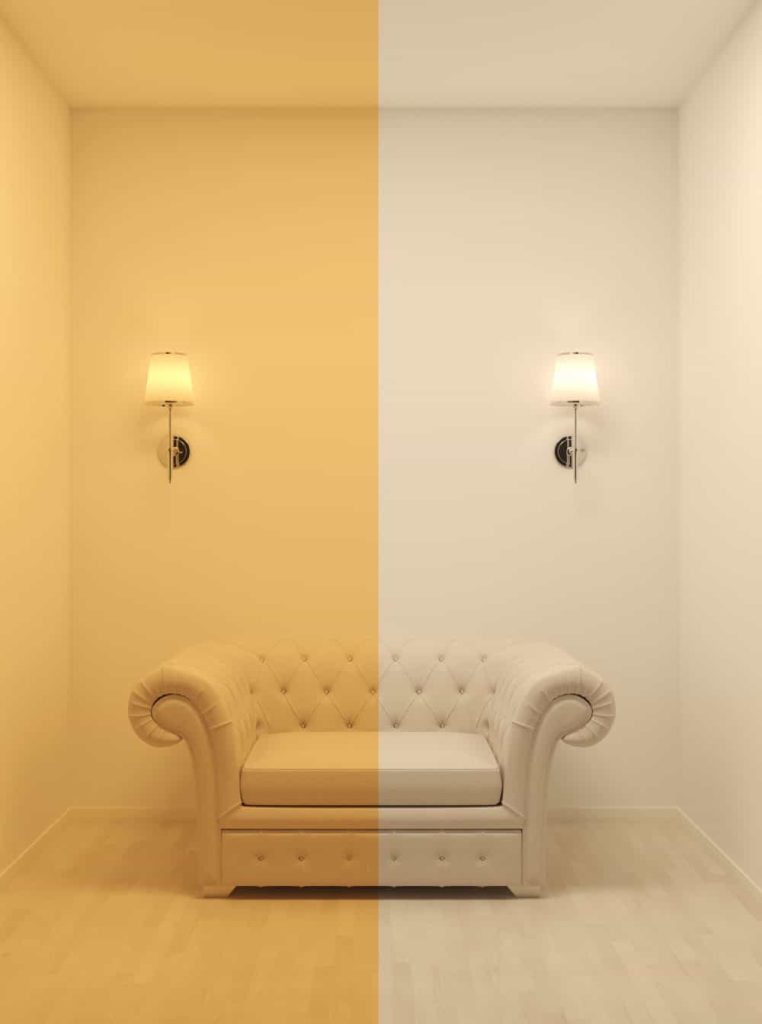
CCT Selectable and Tuneable Fixtures
Some light fittings and lamps offer CCT selectable colour temperature options or Tuneable colour. These fixtures allow you to switch between different colour temperatures, providing flexibility for various activities and times of day. For example, you can have a warm light for evening relaxation and a cooler light for daytime tasks.
Sunset Dim Technology
Sunset Dim fixtures start at 3000K when fully lit and gradually warm to a more amber glow as they are dimmed. This mimics the natural progression of sunlight and is perfect for creating a cozy, relaxing environment in living rooms and bedrooms.
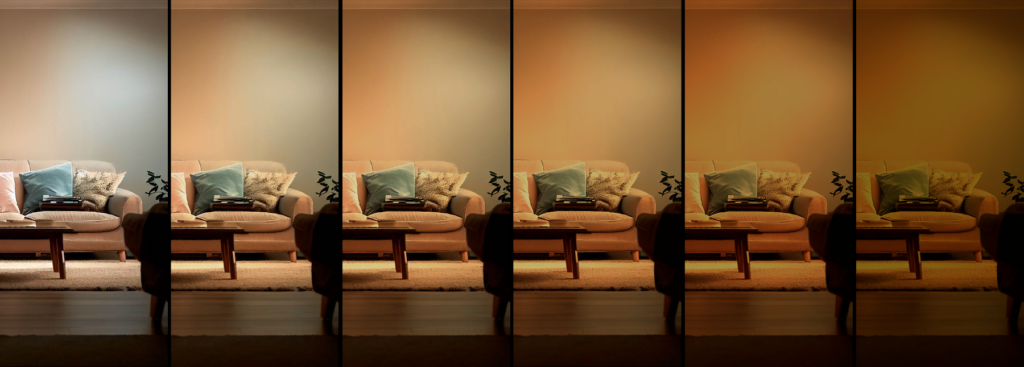
Can LED Lighting Affect My Sleep?
Studies have shown that the colour of light can significantly affect melatonin production, a hormone that regulates sleep-wake cycles. Exposure to blue light (around 450-480 nm) suppresses melatonin production more than other wavelengths. This is why it’s advisable to minimize blue light exposure in the evening to avoid disrupting your sleep.
- Blue Light and Melatonin Suppression: Blue light impacts the intrinsically photosensitive retinal ganglion cells (ipRGCs), which regulate the circadian rhythm, leading to greater melatonin suppression.
- Warm Light and Melatonin Production: Warmer light (2400K-3000K) has less impact on melatonin suppression, making it ideal for evening use to promote relaxation and better sleep.
Room-by-Room Colour Temperature Guide
Living Room
- Recommended Colour Temperature: 2400K – 3000K
- Why: Creates a warm, inviting atmosphere perfect for relaxation and socializing. Use 2400K for a very cozy feel and 2700K-3000K for a bit more brightness while maintaining warmth.
Bedroom
- Recommended Colour Temperature: 2400K – 2700K
- Why: Promotes a restful and cozy environment. Use 2400K for a very warm, intimate feel and 2700K for a slightly brighter, but still relaxing, light. Sweet dreams are made of these (lights)!
Kitchen
- Recommended Colour Temperature: 3000K – 4000K
- Why: Provides a balance between warm and cool light, offering both ambiance and functionality. Use 3000K for a warmer, inviting kitchen and 4000K for bright, task-oriented lighting. We have been known to use intense 4000K light on work benches while keeping the rest of the living space lighting at 3000K.
Bathroom
- Recommended Colour Temperature: 3000K – 4000K
- Why: Ensures bright and clean lighting for grooming tasks. Use 3000K for a warmer tone or 4000K for a cooler, more clinical feel. It’s a good idea to bring a sample of your bathroom tiles into our showroom to see how the different light colours will affect your choice of tiles. It’s also worth incorporating warmer lighting into a bathroom that has a bath; Sunset dimming lights are perfect for this, providing a warm relaxing spa getaway.
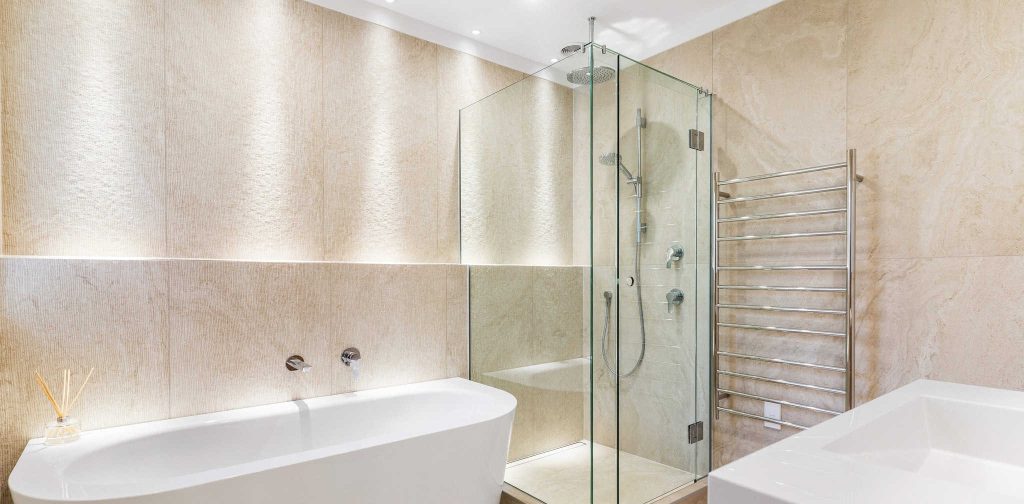
Home Office
- Recommended Colour Temperature: 4000K
- Why: Enhances focus and productivity with bright, clear light. Use 4000K for a neutral, clean light that boosts concentration.
Dining Room
- Recommended Colour Temperature: 2700K – 3000K
- Why: Creates a warm and welcoming environment for meals. Use 2700K for a cozy dining experience and 3000K for a slightly brighter, but still warm, setting. Perfect for making every meal feel like a special occasion.
Garage and Workshop
- Recommended Colour Temperature: 4000K – 6500K
- Why: Ensures high visibility and clarity for detailed tasks and projects. Use 6500K for bright daylight-like light if you intend your garage to be a workshop or space to get projects done.
Outdoor Lighting
- Recommended Colour Temperature: 2700K – 3000K, consider 4000K for security lighting
- Why: Outdoor lighting can often serve dual purposes: enhancing safety and creating ambiance. Warmer tones, ranging from 2700K to 3000K, are ideal for illuminating garden and alfresco dining areas, creating a beautiful nightscape to enjoy in the evenings. However, for areas where visibility and security are paramount, such as pathways and entry points, cooler tones around 4000K may be more suitable. These cooler temperatures provide clarity and ensure that your outdoor spaces are well-lit and secure, even during the darkest nights.
Tips for Choosing the Right Colour Temperature
- Determine the room’s purpose: Use warmer temperatures (2400K-3000K) for relaxation and cooler temperatures (4000K-6500K) for tasks and workspaces.
- Consider the décor: Warmer lights enhance traditional and rustic décor, while cooler lights complement modern and minimalist styles. You can always visit our showroom to see these colour temperatures in action, maybe even bring your paint colour or a tile sample to see how they will look in your chosen colour temperature.
- Think about the time of day: Use adjustable CCT fixtures to match your lighting to your daily routine, promoting relaxation in the evening and productivity during the day.
By understanding the different colour temperatures and using versatile fixtures like CCT and Sunset Dim, you can create a dynamic and comfortable lighting environment in your home.
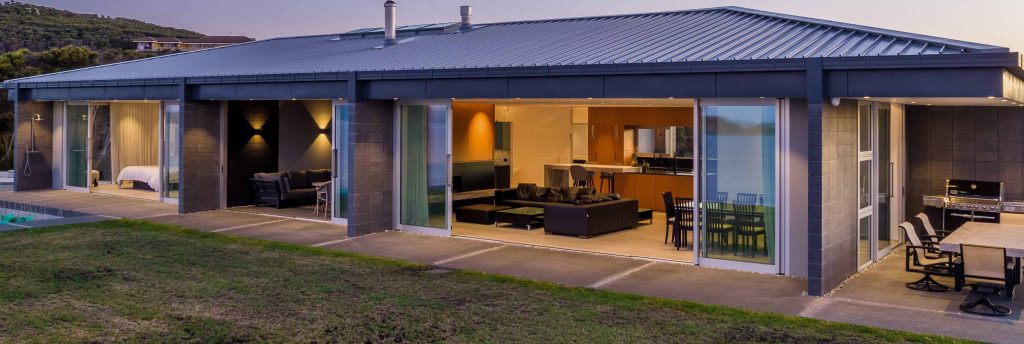
Sources:
- Gooley, J. J., Chamberlain, K., Smith, K. A., Khalsa, S. B. S., Rajaratnam, S. M. W., Van Reen, E., … & Lockley, S. W. (2011). Exposure to room light before bedtime suppresses melatonin onset and shortens melatonin duration in humans. Journal of Clinical Endocrinology & Metabolism, 96(3), E463-E472.
- Harvard Health Publishing. (n.d.). Blue light has a dark side. Retrieved from Harvard Health
- Chang, A. M., Aeschbach, D., Duffy, J. F., & Czeisler, C. A. (2015). Evening use of light-emitting eReaders negatively affects sleep, circadian timing, and next-morning alertness. Proceedings of the National Academy of Sciences, 112(4), 1232-1237.

